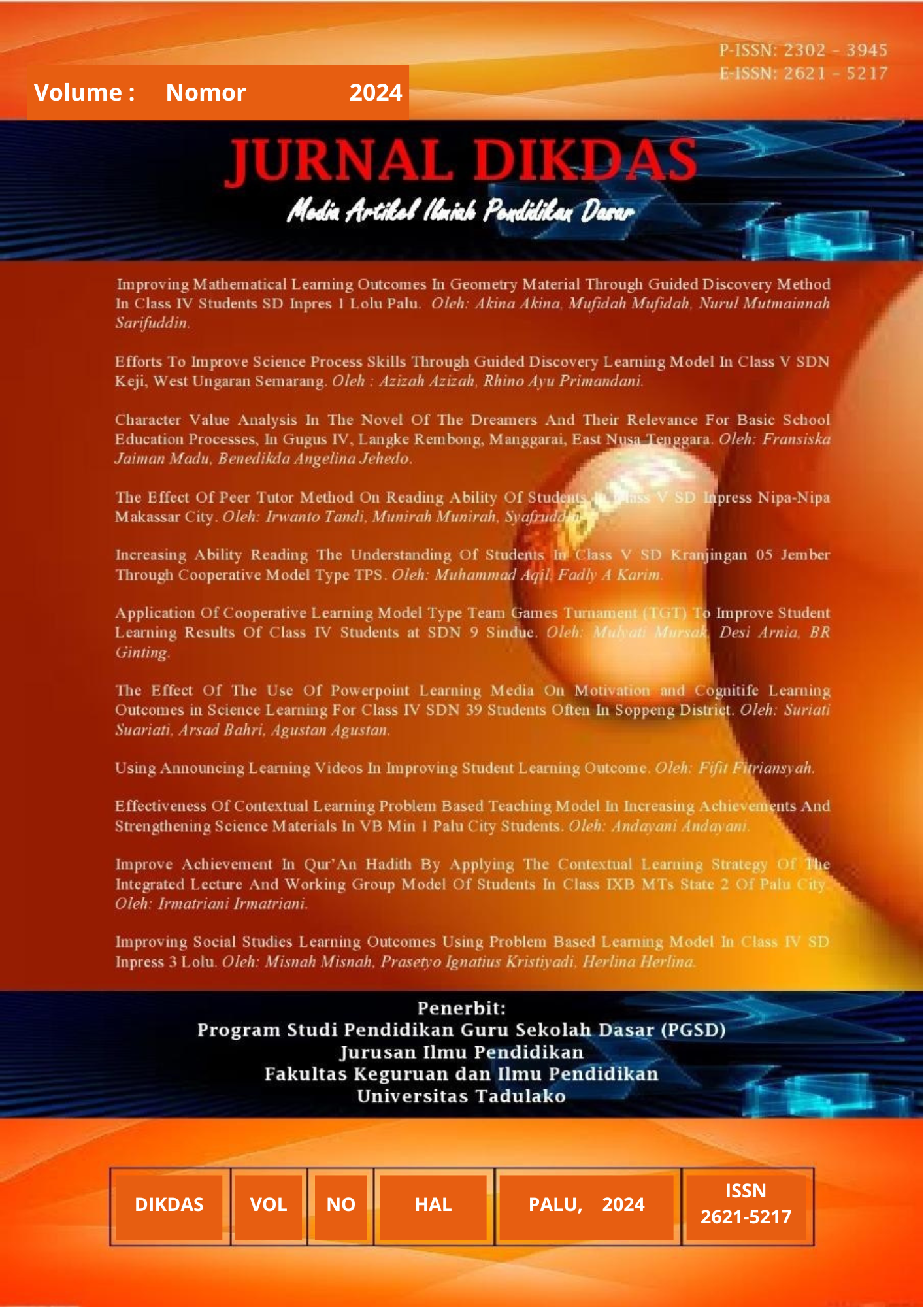PENGARUH KESANTUNAN BERBAHASA PEMBELAJARAN BAHASA INDONESIA TERHADAP KESOPANAN SISWA KELAS 5 SEKOLAH DASAR
Abstract
This study aims to show the ways of politeness in language that students apply to teachers. The main focus of this study is the expressions that contain elements of politeness in language, as well as the methods and strategies used by students. Politeness in language basically reflects our social ethics in society. The principle of politeness is usually applied in every language interaction. In theory, all individuals should speak in a polite manner. Everyone must maintain communication ethics so that the purpose of interacting can be achieved. The findings obtained include that politeness in language includes linguistic aspects, namely in terms of word choice, sentence structure, mode, and use of punctuation. This study focuses on describing the application of politeness in language which is very important, especially between teachers and elementary school students, because in communication, all teachers and students are expected to use polite language. The subjects in this study consisted of 8 students. The data analysis method used is intralingual. The results of this study show, 1) there are 5 types of maxims found from a total of 6 maxims, while the maxim of sympathy is not identified, 2) there are at least 8 techniques in positive politeness strategies and 5 techniques in negative politeness strategies, 3) most of the students' expressions use the politeness scale according to Leech, namely the cost-benefit scale, which is more widely applied.







